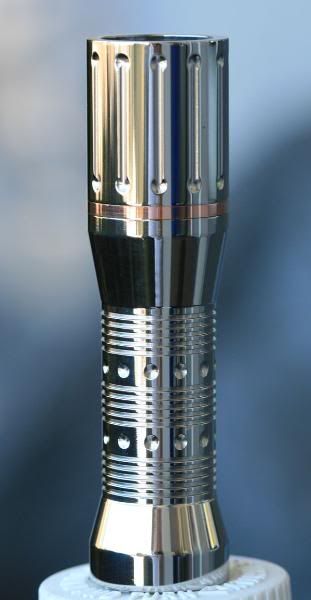ColbyL
Aluminum
- Joined
- Sep 30, 2007
- Location
- Portland, Or
I have two items that I'm working on. One is a .5000 diameter piece of 17-4PH Stainless that is at Rc42. The other is a small flat piece which is 303. I would like to achieve a near mirror finish on these pieces.
I have a sample pack of lapping sheets purchased from J&L. These sheets are plastic backed and the grit sizes are .3, 1, 3, 5, 9, 12, 15 micron and up. I'm using the aluminum oxide sheet, as I have found that the silicon carbide sheets result in stray scratches, so AO is more friendly to the materials that I'm working on.
I've had good results with the round piece on the lathe at slow speed and moving the paper back and forth lengthwise, as a hone would move.
I'm having more trouble with the softer 303 flat surface.
Is there a resource on the web (here?) that covers this operation well?
I have a sample pack of lapping sheets purchased from J&L. These sheets are plastic backed and the grit sizes are .3, 1, 3, 5, 9, 12, 15 micron and up. I'm using the aluminum oxide sheet, as I have found that the silicon carbide sheets result in stray scratches, so AO is more friendly to the materials that I'm working on.
I've had good results with the round piece on the lathe at slow speed and moving the paper back and forth lengthwise, as a hone would move.
I'm having more trouble with the softer 303 flat surface.
Is there a resource on the web (here?) that covers this operation well?


